重组人MCP-1/CCL2蛋白(Biotinylated, HEK293, His-Avi)|种属:Human|重组蛋白,MCP-1/CCL2 蛋白, Human (Biotinylated, HEK293, His-Avi)
产品编号:西域-HYP78173| MDL NO:Human
本网站销售的所有产品仅用于工业应用或者科学研究等非医疗目的,不可用于人类或动物的临床诊断或者治疗,非药用,非食用,
| 描述 | MCP-1/CCL2 Protein, Human (Biotinylated, HEK293, His-Avi) is a cytokine belonging to the CC chemokine family that interacts with the CCR2 chemokine receptor on the cell surface to mediate inflammatory immune responses, viral infections, and tumorigenesis. MCP-1/CCL2 Protein MCP-1/CCL2 Protein, Human (Biotinylated, HEK293, His-Avi) is a biotinylated recombinant human MCP-1/CCL2 (Q24-T99) expressed by HEK293 with His and Avi tags at the C-terminus[1]. |
|---|---|
| 研究背景 | CCL2, also known as monocyte chemotactic protein 1 (MCP1), is a small cell factor belonging to the CC chemokine family. The CCL2 gene, located in the q11.2-q12 region of human chromosome 17, encodes a monomeric polypeptide with a molecular weight of 9-15 kDa, depending on the level of glycosylation. CCL2 is mainly secreted by monocytes, macrophages and dendritic cells. It is secreted by monocytes, macrophages and dendritic cells, and platelet-derived growth factor is the main inducer of the CCL2 gene. Astrocytes and microglia are also thought to be the source of CCL2[1]. CCL2 signals through binding to and activation of CCR2 and induces a strong chemotactic response and intracellular mobilization of calcium ions. Among other things, CCL2/CCR2 can regulate cell adhesion and chemotaxis of macrophages by activating the β1 integrin and p38-MAPK signaling pathways. In addition to acting as a chemoattractant, CCL2 can also regulate brain endothelial permeability in vitro by altering tight junction (TJ) proteins and regulating the expression of endothelial adhesion molecules and leukocyte integrins as well as cytokine production. In addition, the CCL2-CCR2 signaling axis has been implicated in many inflammatory and neurodegenerative diseases, acting to recruit inflammatory cells into the CNS[2]. Originally described as a "tumor-derived chemokine", CCL2 has been shown to be a potent chemokine for many types of immune cells and a potential target for the treatment of many diseases, such as atherosclerosis, multiple sclerosis, asthma, neuropathic pain, diabetic nephropathy, and cancer[3]. |
| 体内研究 (In Vivo) | CCL2 (10 ng/mL, 24 h) is secreted from tumor-associated macrophages (TAMs) co-cultured with MCF10A human breast epithelial cells, induces ERO1-α, leading to MMP-9 upregulation and an invasive phenotype of MCF10A cells[4]. |
| 种属 | Human |
| 表达系统 | HEK293 |
| 标签 | C-Avi;C-His |
| 蛋白编号 | P13500 (Q24-T99) |
| 基因 ID | |
| 中文名 | 重组人MCP-1/CCL2蛋白(Biotinylated, HEK293, His-Avi) |
| 同用名 | C-C motif chemokine 2; CCL2; HC11; MCAF; MCP-1; HSMCR30; MCP1; SCYA2; SMC-CF; GDCF-2 |
| 分子量 | 15-20 kDa |
| 纯度 | Greater than 95% as determined by Tris-Bis PAGE. |
| 性状 | Lyophilized powder. |
| 组分 | Lyophilized from a 0.22 μm filtered solution of PBS, pH 7.4. Normally 8% trehalose is added as protectant before |
| 内毒素含量 | <1 EU/μg, determined by LAL method. |
| 复溶方法 | It is not recommended to reconstitute to a concentration less than 100 μg/mL in ddH2O. |
| 保存条件 & 期限 | Stored at -20°C. After reconstitution, it is stable at 4°C for 1 week or -20°C for longer. It is recommended to freeze aliquots at -20°C or -80°C for extended storage. |
| 运输条件 | Room temperature in continental US; may vary elsewhere. |
| 文件资料 | |
| 参考文献 |
|
相关文档
化学品安全说明书(MSDS)
下载MSDS质检证书(COA)
相关产品
-
CAS号:Null
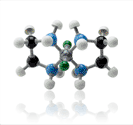
羊抗人纤维蛋白原 (HRP标记...
¥743.00
-
CAS号:57-57-8
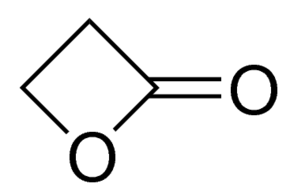
β-丙内酯
¥380.00
-
CAS号:614-80-2

邻乙酰氨基酚
¥360.00
-
CAS号:614-80-2

邻乙酰氨基酚
¥42.00
-
CAS号:183610-70-0
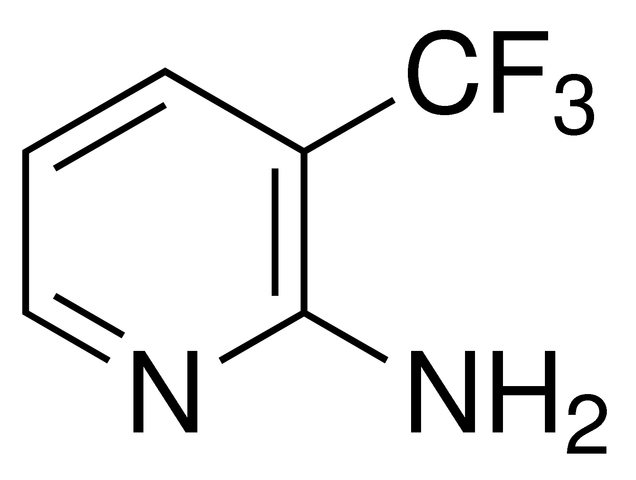
2-氨基-3-(三氟甲基)吡啶
¥47.00
-
CAS号:138060-07-8

3-氨基哌啶 二盐酸盐
¥39.00
-
CAS号:6126-22-3

3-氨基-5-羟基吡唑
¥132.00
-
CAS号:7772-79-4
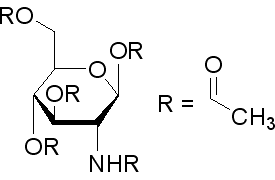
β-D-葡萄糖胺五乙酸酯
¥162.00
-
CAS号:5318-27-4

6-氨基吲哚
¥140.00
-
CAS号:5318-27-4

6-氨基吲哚
¥380.00
-
CAS号:16800-67-2
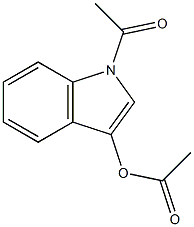
N,O-1,3-二乙酰基吲哚
¥120.00
-
CAS号:55700-44-2
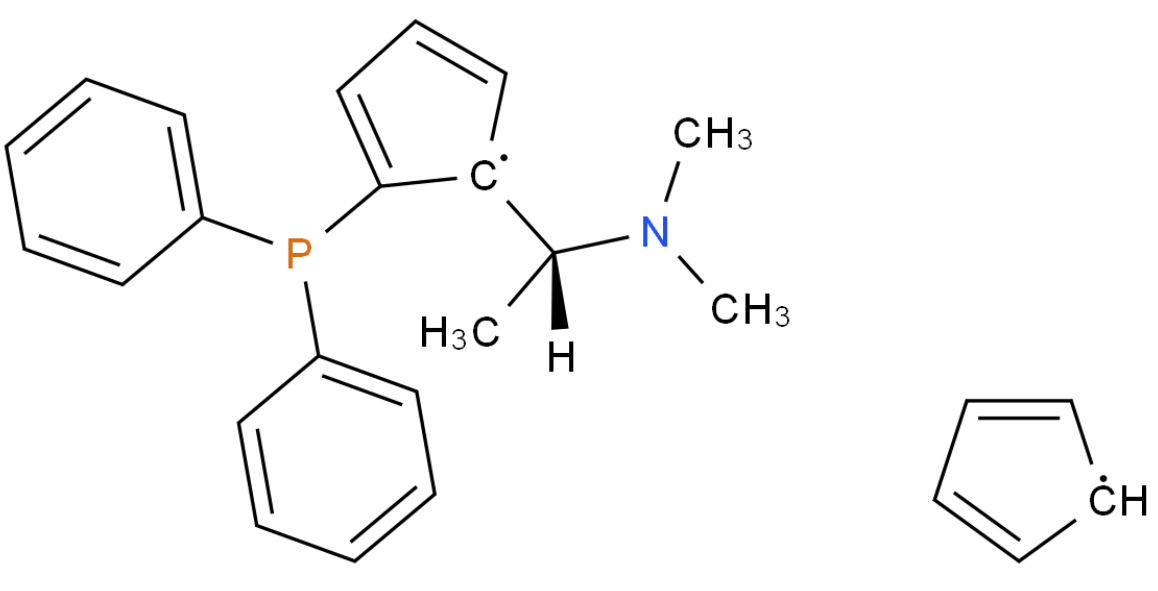
(R)-(-)-N,N-二甲基...
¥236.00

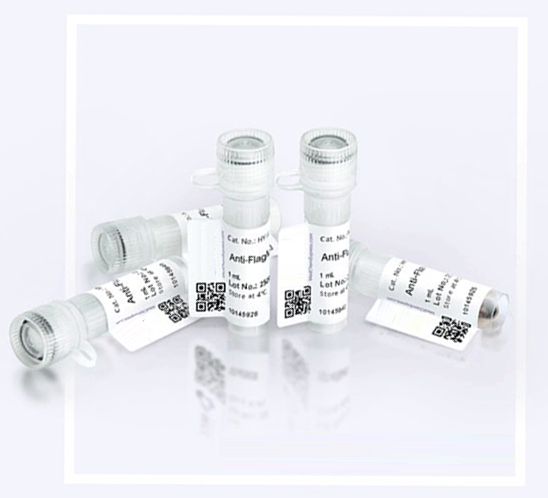





 浙公网安备 33010802013016号
浙公网安备 33010802013016号